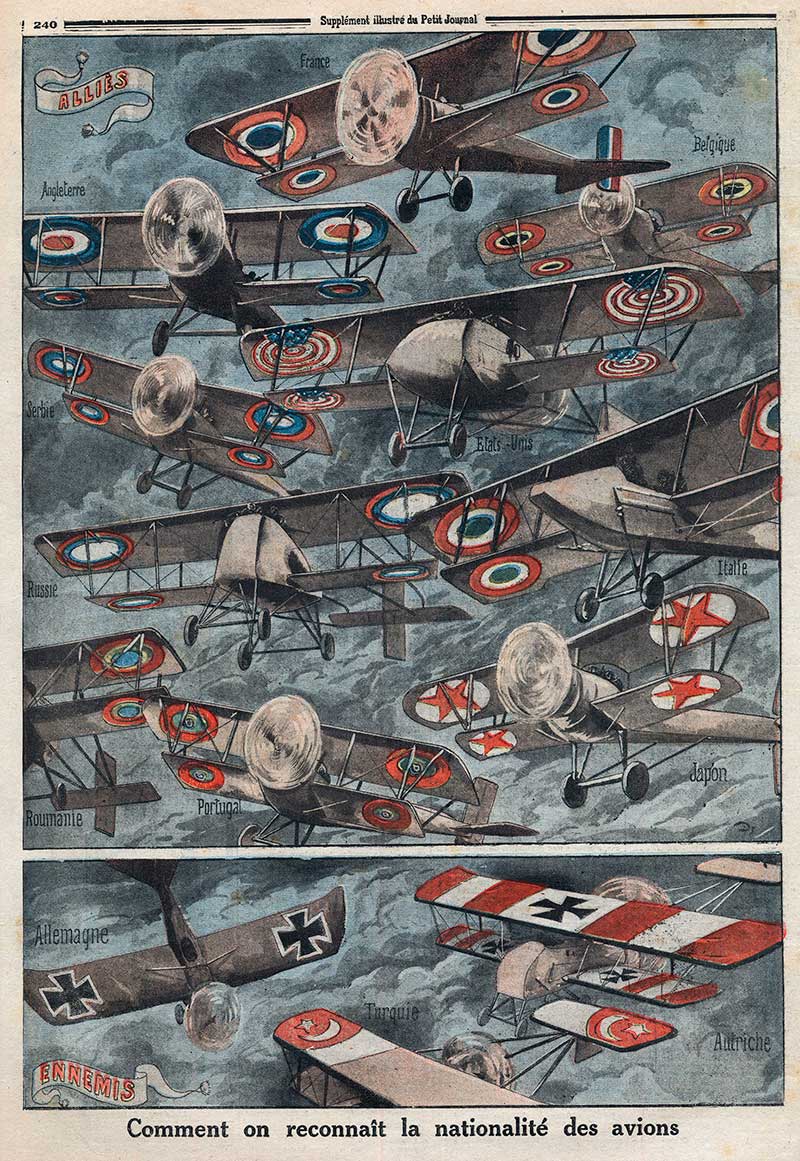
As part of the Didaktika project, the Museum designs educational areas and organizes activities to complement its exhibitions. Tools and resources are provided both in the galleries and online to increase viewers’ understanding and comprehension of the artists and works on display.

In 1912, an event brought the unbridled euphoria of the period to a standstill: the “unsinkable” transatlantic ocean liner RMS Titanic, a symbol of progress and technological development, sank during its inaugural journey from Southampton, England, to New York when it hit an iceberg. The Titanic embodied the inequalities of the era: more than 2,400 people were onboard, both immigrants seeking the American Dream and wealthy families on recreational voyages. The almost 1,500 passengers who died included the father of celebrated art patron and collector Peggy Guggenheim.
In 1914, the outbreak of World War I left millions dead in a devastated Europe. In the midst of the war, the February Revolution triumphed in Russia in 1917. After assassinating Tsar Nicholas II and his entire family in July 1918, communism began its march across Europe, and the working class gained a model to strive for. Benito Mussolini laid the groundwork for bringing fascism to Italy, and in Germany Adolf Hitler, a corporal and former combatant in World War I, published Mein Kampf in 1925, thus launching the rise of Nazism.
Meantime, some people who were detached from reality in both Europe and the United States wanted to make up for lost time and to live the beautifully sensual intensity of life: the Roaring Twenties. But in 1929, their dreams were shattered. The economic disaster and Depression; the wounds from World War I; the tension among communists, anarchists, and fascists; and the weakness of the democracies shook the world. What more could possibly happen?
Recognizing allied and enemy planes in World War I. Illustration: Le Petit Journal, July, 1918. Photo: Leemage. Getty Images.
